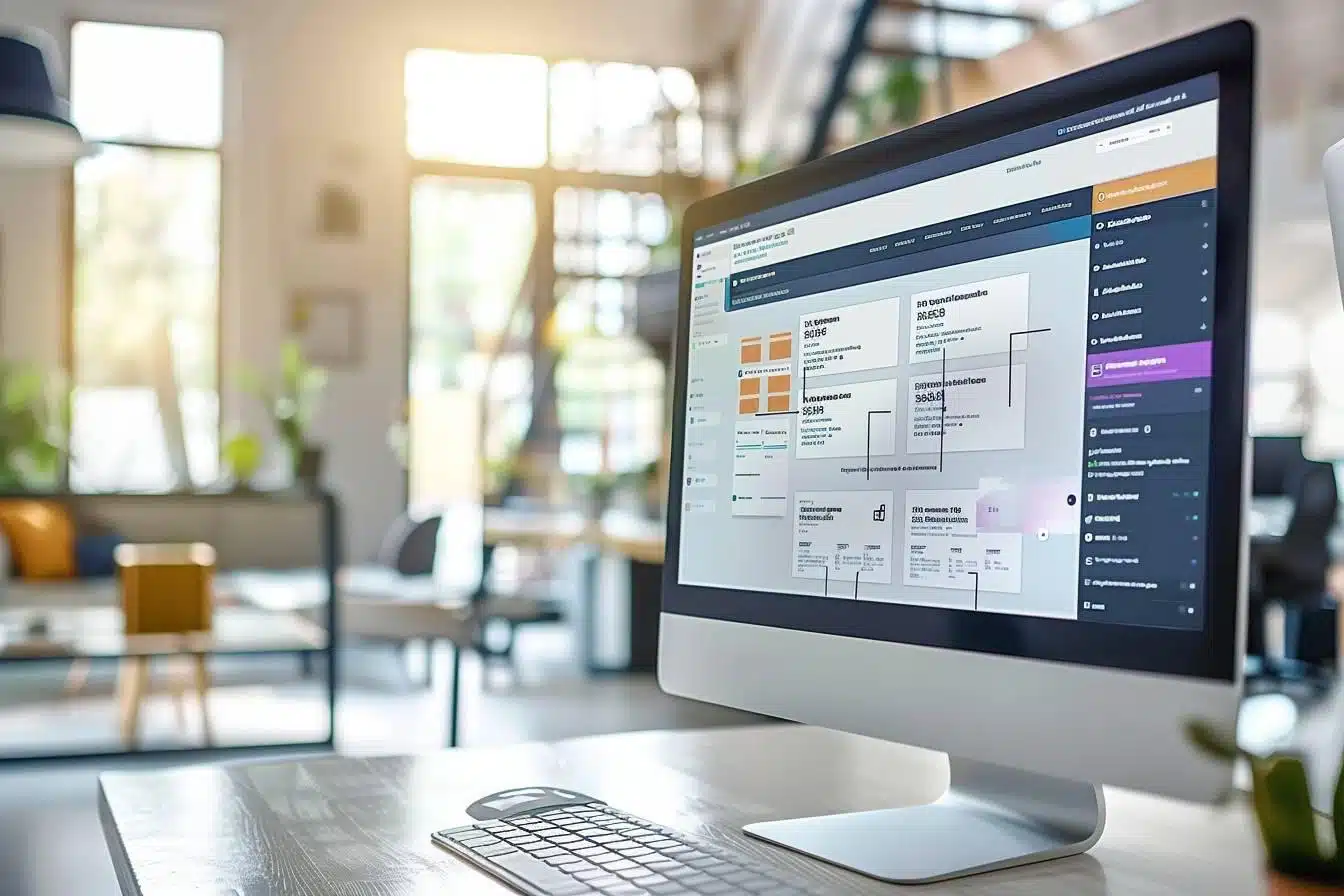In the dynamic world of digital marketing, search engine optimization (SEO) remains an essential pillar of any effective online strategy. WordPress, as the most popular content management system, offers powerful features to improve your SEO. Among these tools, categories and tags play a crucial and often underestimated role. Let's delve into the best practices for exploiting these elements and propel your site to the top search results.
The basics of WordPress categories and tags
WordPress categories and tags are essential taxonomies for structuring your content. They act as a table of contents for your site, making it easier for users and search engines to navigate.
Categories function as main chapters, providing an overview of your content. They allow you to group your articles under general themes. For example, a fashion blog might have categories such as :
- Seasonal trends
- Accessories
- Style tips
- Emerging brands
Tagsare more specific and descriptive. They act like keywords, describing the precise content of an article. For a post on spring-summer trends, you could use tags like :
- Pastel colors
- Floral dresses
- Straw accessories
- Eco-responsible fashion
The judicious use of these elements can considerably improve the structure of your site and, as a result, its referencing. As an expert in Technical SEOI strongly recommend paying particular attention to the organization of your categories and tags to maximize their impact on your online visibility.
Category optimization strategies for SEO
WordPress category optimization is a subtle art that can significantly boost your SEO. Here are a few proven strategies:
1. Limit the number of main categories A structure that is too complex can hinder navigation and indexing. Aim for between 5 and 10 main categories to keep the organization clear and efficient.
2. Use relevant and optimized category names Choose terms that your audience is actively searching for. For example, "Digital Marketing" rather than "Online Strategies".
3. Create a logical hierarchy Use sub-categories to refine your structure. This helps search engines understand the relationship between your content.
4. Optimize category pages Add unique and relevant content to each category page. This includes a detailed description and links to your best articles in that category.
Here is an example of an optimized category structure for a fashion e-commerce site:
| Main category | Subcategories |
|---|---|
| Clothing | Dresses, Trousers, Tops, Coats |
| Accessories | Bags, Jewelry, Shoes, Belts |
| Collections | Spring/Summer, Autumn/Winter, Capsules |
| Brands | Luxury, Ethical, Emerging |
By applying these strategies, you create a robust site structure that encourages search engines to better understand your content, increasing your chances of higher rankings.
Maximize the impact of tags on your SEO
WordPress tags, though often overlooked, can be powerful allies for your SEO strategy. Here's how to use them effectively:
1. Choose tags based on keyword research Use tools like Google Keyword Planner or SEMrush to identify the relevant terms your audience is searching for. This will help you create tags that correspond to actual user queries.
2. Maintain consistency Use a consistent system for your tags. For example, if you use "SEO" as a tag, avoid also using "référencement naturel" for the same concept. Consistency helps search engines understand what your content is about.
3. Avoid overuse of tags Limit yourself to 5-10 tags per article. Too many tags can dilute their effectiveness and create duplicate content problems.
4. Create optimized tag pages As with categories, optimize your tag pages with unique, relevant content. This can include a brief description of the tag and a list of the most popular articles using that tag.
As managing director of Digital Aware Consulting, I've found that the strategic use of tags can significantly improve the visibility of your content in search results. A good tag system not only helps search engines understand the context of your articles, but also makes it easier for users to navigate your site.
Here's an example of an optimized tag structure for a digital marketing blog:
- SEO
- Content Marketing
- Social Media Strategy
- Email Campaigns
- Analytics
- Conversion Rate Optimization
- PPC Advertising
- Branding
By implementing these strategies, you create an interconnected ecosystem of content that reinforces your thematic authority in the eyes of search engines, while providing an enhanced browsing experience for your visitors.
Advanced tools and techniques
To get the most out of your WordPress categories and tags, the use of advanced tools and techniques is essential. Here are a few approaches I particularly recommend:
1. SEO plugins Extensions like Yoast SEO or Rank Math can help you optimize your categories and tags by adding meta-descriptions, controlling canonicalization and managing indexing.
2. Data analysis Use Google Analytics and Google Search Console to track the performance of your category and tag pages. Identify the ones that generate the most traffic and optimize them further.
3. Internal linking Create strategic internal links between your articles, category and tag pages. This reinforces your site's structure and distributes SEO "juice" efficiently.
4. Regular cleaning : Carry out periodic audits of your categories and tags. Merge similar tags, delete those that are rarely used, and make sure that each category contains enough content to justify its existence.
As a traffic acquisition expert, I can't stress enough the importance of a holistic approach to SEO. Categories and tags are only part of the equation, but optimizing them can have a significant impact on your overall SEO performance.
The judicious use of WordPress categories and tags is a powerful lever for improve your SEO. By structuring your content logically and using optimized taxonomies, you not only facilitate navigation for your users, but also send clear signals to search engines about the relevance and organization of your site. Don't hesitate to experiment and adjust your strategy according to the results you see. With a thoughtful approach and the right tools, you can turn your categories and tags into real assets for your online visibility.
